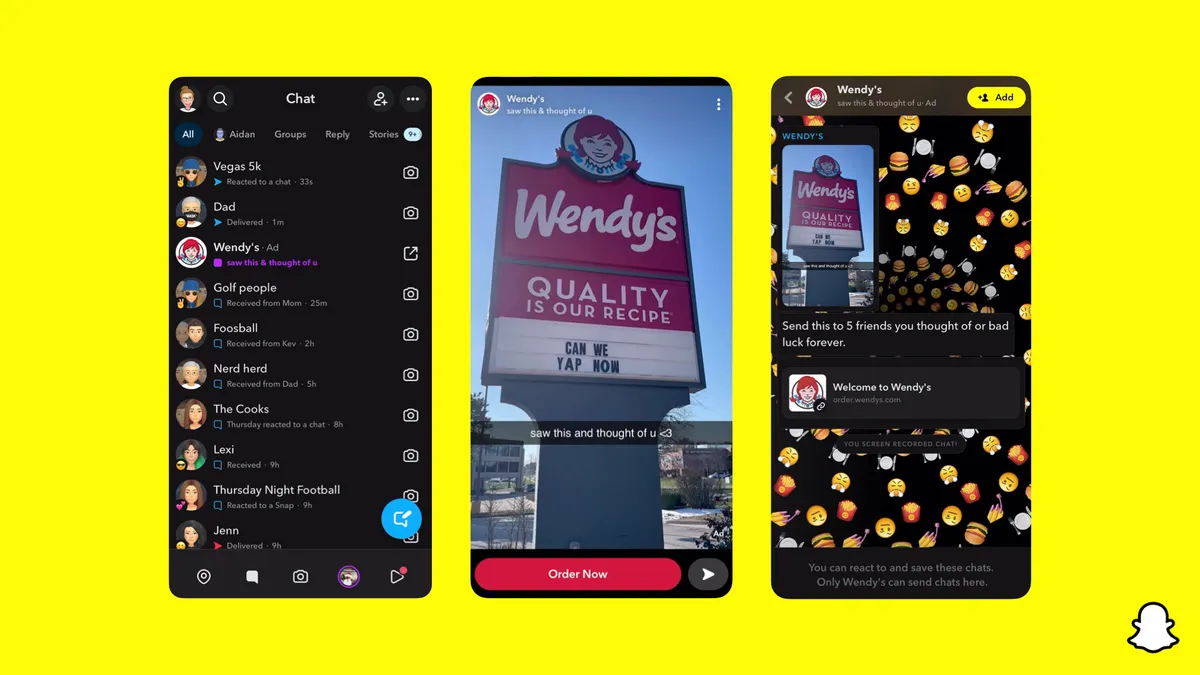For marketing, data and technology are key to winning market share in 2016.
The two are a given part of the modern marketer's arsenal of tools. The challenge is managing all the data created by marketing campaigns, user behaviors and more. What this means for marketers is there must be certain level of fundamentally understanding data, and more importantly understanding the value of that data since some data sources are more valuable for improving marketing than others.
Kate Atty, director of marketing for Persio, told Marketing Dive that the company's research has found that there are three ways for harnessing data and tech, and for amassing market share: simple integrations with vendors, better access to data, and ability to connect data across channels.
Persio functions as a marketing technology company with a multi-channel platform designed for retail marketers, and the research Atty was referring to was its recently released “Three Ways to Win Market Share in 2016” report. The research looked at marketers and IT professionals with the title of director and above at retail chain organizations with annual revenue between $5 million and $999 million on marketing technology issues. Here is an in-depth look at three challenges outlined in the report.
1. Data – the building block of digital marketing
Marketing technology and digital platforms have given marketers more access to data, but according to Atty, the bigger challenge is acquiring and making use of the data. She said leveraging mobile cookies to track browsing is useful from a website analytics perspective, but what makes that data point actionable is being able to tie that behavior to a known first-party ID and using the intelligence to customize communications to that person.
In terms of what data marketers should be collecting, Atty listed unique identifiers, demographic data and behavioral data. However, she pointed out the that some identifiers such as email, mobile phone number and app ID are likely relatively permanent, while others like income and location and behaviors like shopping preferences can change over time. This means marketers need to be able to anchor less permanent types of data to a unique identifier that is more permanent – ideally anchored to several more permanent identifiers – in order to keep the integrity of that database profile if a more fluid identifier changes.
Persio's report found the the number one goal of retail marketers for 2016 was to improve personalization by product, price and channel.
"For most marketers, this has translated into an ability to make direct, data-driven connections with customers. In some cases, like email or mobile messaging, the medium is so personal that the marketer must be very careful not to offend the recipient by sending an irrelevant or generic message,” Atty told Marketing Dive. "Because of this, first-party data and direct response data from customers is extremely valuable. It gives marketers the confidence to reach out on a personalized basis to a known customer and base the message on known attributes, preferences, history or other data."
She added that once the marketing communication becomes personalized, it allows marketers to leverage higher engagement that will allow them to acquire even more first-party data and create powerful customer profiles.
2. Getting integrated with vendors
Integration with existing systems and vendor partners should be part of any evaluation of a new vendor because of the impact on internal resources, execution of objectives and ROI of technology tool.
Atty provided the three key criteria vendors should be evaluated on:
- SIMPLE integrations
- Onboard new solutions faster
- Start seeing benefits sooner
- Use IT resources more efficiently
- ACCESS to data
- Enhanced event-based personalization
- Near real-time campaign optimization
- Better management of deployment cost
- Ability to CONNECT data across channels
- Discount optimization and resulting margin
- Redundancies in marketing content and associated cost
- Campaign ROI
Communication between IT and Marketing is essential during vendor consideration, and should begin early in the process. Atty said it’s on Marketing to make the goals of the technology clear so that IT can determine if the new vendor is feasible, and to set expectations based on the existing tech stack and concerns that might be unknown, or unfamiliar to the marketing team.
"IT spends about 14% of its time troubleshooting marketing tech and marketers often don’t get the results they desire because of unforeseen issues with onboarding or integrating with new tech," she said.
3. Connecting data across channels
"The first step in connecting data across channels relies on the marketer’s ability to connect channel identifiers. From there, to execute a multi-channel strategy they need their vendors to work together and share data to some extent," Atty said. "This makes it possible for an activity in one channel to trigger a deployment of a marketing message in another."
To do this she said use a common vehicle, such as a coupon or offer, to link channel experience. Outlining how to do this using a coupon mobilization strategy, she explained you'd need to place an offer on a retailer's website, which lets shoppers "take it with them" by sending it to themselves via email or text. The retailer can then add a cookie to the opt-in page, which confirms the user's mobile cookie, mobile and email address. Via a unique barcode, the retail marketer can then track the shopper's individual purchase behavior.
"Now the retailer has connected data from web to mobile or email to store," she said, emphasizing the importance of technology decisions in the data-driven marketing world.
"Smart technology decisions will define winners and losers in personalization in the coming years. Making informed decisions now will have a big impact on the capabilities of retail marketers and it’s essential that they choose wisely," Atty said.






















